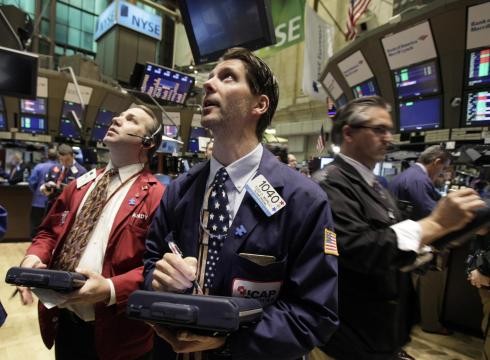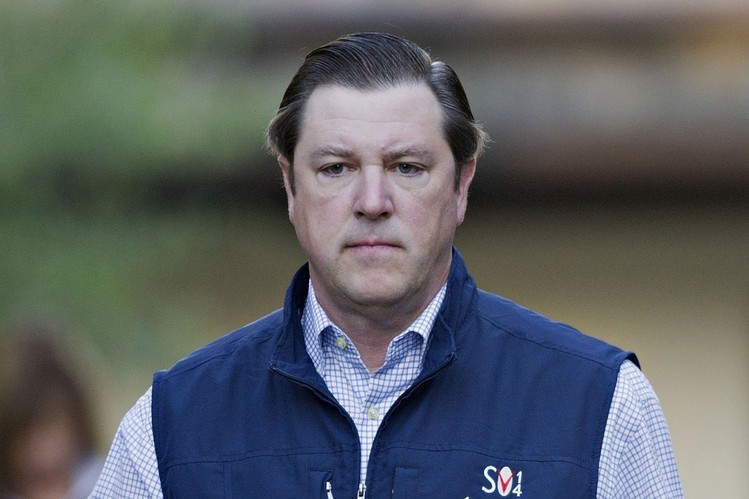Blame HighFrequency Trading
Post on: 16 Март, 2015 No Comment

Blame High-Frequency Trading
Print This Post
Not so long ago, if our markets experienced severe stress, and certainly a “fat finger”, human wisdom would intervene. Reasons for the stress would be ascertained, trading in affected stocks would be slowed or halted, stabilizing bids would be initiated as needed, and severe volatility would be dealt with in a calm and reasoned manner.
Today, the human specialist model has been replaced by an automated market maker model. Our market structure has evolved. It has evolved, not by design, or a well-thought and reasoned plan, but it has evolved to cater to masters of expensive technology, deployed unfettered by participants whose only concern is to squeeze out every last picosecond and fractional cent before they move on to other countries’ markets and asset classes. The for-profit exchange model at every chance sacrifices the protection of long term investor interests for the profitability of serving hyper-leveraged intraday speculators.
Today’s price swings in a great number of stocks highlight the inherent and systemic risk of our automated stock market, which has few checks and balances in place. Once the market sensed stress, the bids were cancelled and market sell orders chased prices down to the lowest possible point.
>
The quote above, from NJ traders Themis, squarely places the blame for Thursdays one day crash on high-frequency trading. I have no idea if that was the sole cause of the crash; however, these criticisms of HFT are valid.
Alan Abelson described it thusly: What helped turned a suddenly wobbly market into a ferociously vertiginous one was the astounding rapidity with which bids melted at the first real sign of selling.
On Friday, I told a reporter that regardless of HFTs role in the collapse, it is still a violent abrogation of the fiduciary duties owed to investors by stock exchanges. The NYSE has sold investors down the river in order to allow fee-paying, co-locating, black-box traders to profit unfairly at the expense of every other investor.
The capital destruction the exchanges are encouraging warrant capital punishment for exchanges C level execs.
As Sal Arnuk and Joe Saluzzi of Themis Trading observed, the sudden liquidity departure was courtesy of your friendly high-frequency traders:

To Sal and Joe, Thursdays market which was off at one time an awesome 9.2%, the biggest intraday plunge in all of recorded history (and probably unrecorded history as well) demonstrated clearly the inherent and systemic risk of our automated stock market, with few checks and balances in place. And, they lament, our market structure has evolved to cater to masters of expensive technology, deployed unfettered by participants whose only concern is to squeeze out every last picosecond and fractional cent.
Its worth noting that HFT now accounts for between 50% and 70% of trading. The supposed liquidity it supplies to markets a lame excuse of ever there was one for legalized theft to be tolerated simply up and went away during the crash. Abelson smartly dismisses the HFT rationale by observing: It sorrows us to report that the bare bones of what happened on Thursday is that when the going got rough, the high-frequency crowd stampeded for the exits and their vaunted pools of liquidity vanished with them.
The Themis boys add that this event is not likely to be an isolated incident.
>
Sources:
Themis Trading, 07 May, 2010














